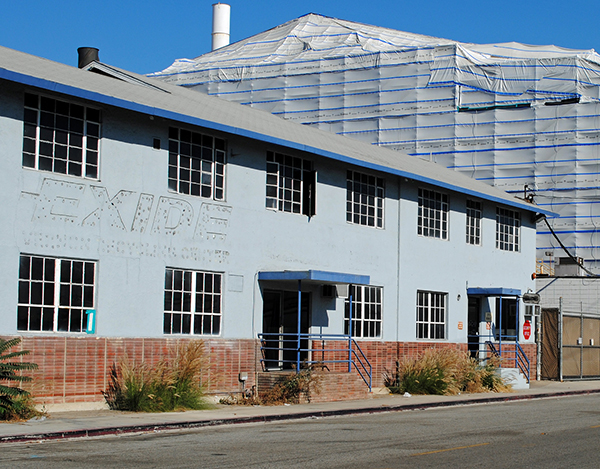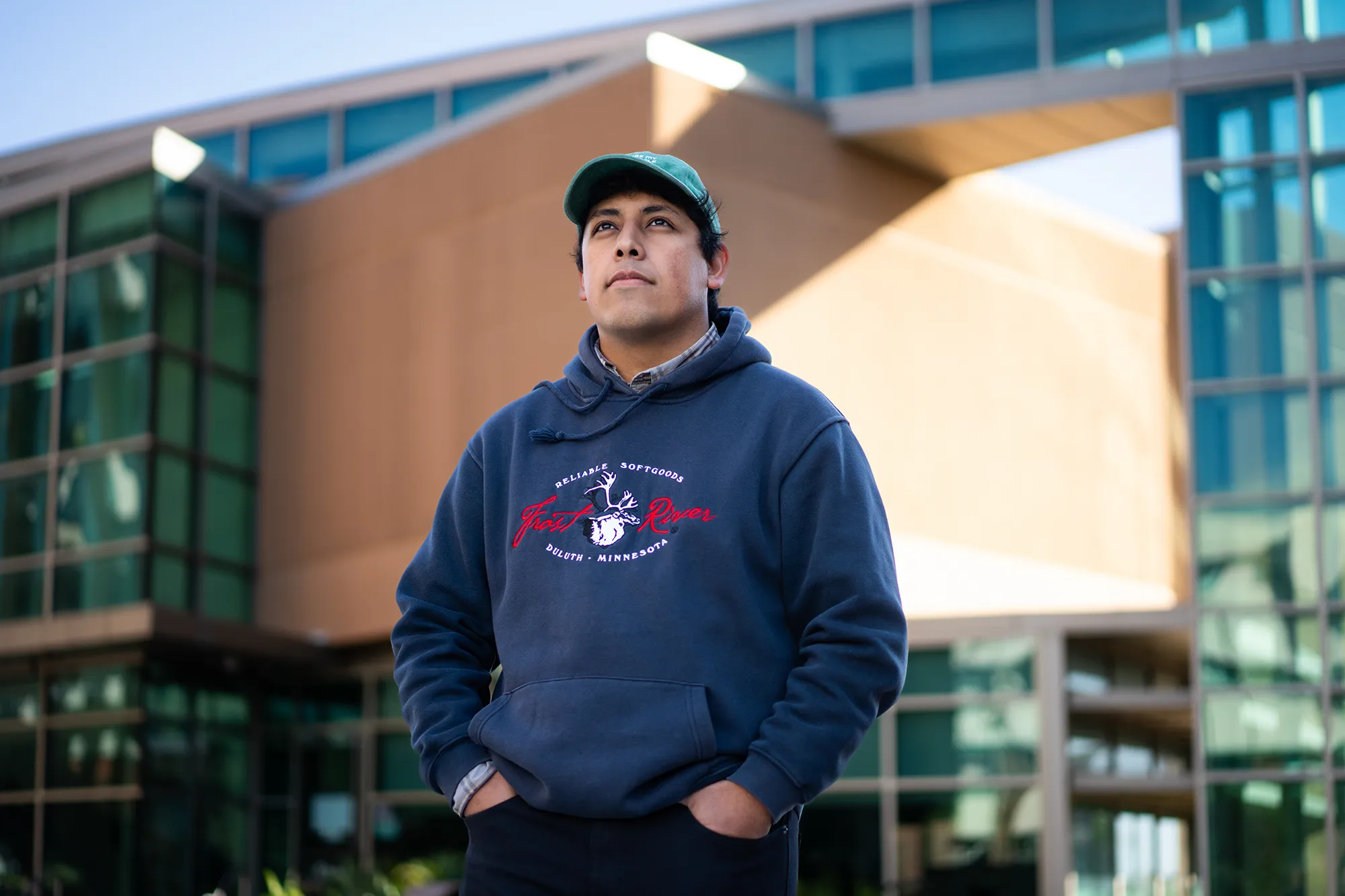By Alfredo Santana
Contributing Writer
VERNON — A federal judge has ruled in favor of defendant NL Industries and others, clearing them from liability of lead contamination in residential properties within 1.7 miles of the Exide Technologies plant.
However, 9th District Court Judge Stephen Wilson’s ruling opened the door for the state Department of Toxic Substances Control to recover cleanup costs only in an industrial perimeter half a mile from the former battery plant.
Wilson wrote that the decision was centered on the Department of Toxic Substances Control’s lack of conclusive evidence that defendants and former operators of the Vernon plant, including NL Industries, Clarios LLC, Gould Electronics, JX Nippon Mining and Quemetco Inc., could have caused lead contamination throughout the residential areas for using the facility to transport, recycle and dispose hazardous materials.
“Having carefully reviewed and considered the evidence presented at trial in light of plaintiff’s burden, the court holds that plaintiffs did not establish that releases from the Vernon plant plausibly could have caused contamination throughout the preliminary investigation area’s residential areas,” Wilson wrote in the decision.
Former California Attorney General Xavier Becerra filed the case on behalf of the Department of Toxic Substances Control in December 2020, seeking to recover $136.5 million for cleaning residential properties affected by lead particles released after nearly 100 years of recycling batteries at the facility.
The state sued the former Vernon plant owners and operators under the Comprehensive Environmental Response, Compensation and Liability Act. Approved by Congress in 1980, the law does not require the plaintiff to prove the sued parties caused contamination to recover cleanup costs incurred.
However, the state failed to establish a causal link between the defendants’ releases and the state’s response costs, a showing required for the plaintiff to establish liability, the judge wrote.
“The court concludes that plaintiffs (1) did not meet their burden in showing that the entirety of the 1.7-mile radius could have been contaminated, and certainly not in the amounts that would have caused plaintiffs to incur response costs in the residential areas; and (2) did not meet their burden in showing that discrete portions of the residential areas were contaminated,” Wilson wrote in his ruling.
In contrast to similar cases referring to polluted water sources where toxins could spread and require remediation of the entire site, there was not enough evidence from the state’s side that lead “could have caused” contamination in the residential areas, Wilson wrote.
Bina Reddy, an attorney representing Clarios at law firm Beveridge & Diamond PC, praised Wilson’s decision in an article published by the legal digital website Law360.
“We are pleased that the court undertook such a detailed look at the law and facts presented by these issues,” Reddy said.
A statement from the Department of Toxic Substances Control posted on the Exide cost recovery litigation webpage said that the court determined that the agency “can potentially recover costs for lead contamination within half a mile of the Vernon plant.”
It also announced that the next trial will be held in May 2023 focusing on the department’s cost recovery efforts for lead contamination at the Vernon battery plant and within half a mile of the site.
Neither party disputed that the former Exide plant released airborne lead, or whether contamination caused the plaintiff to incur cleanup costs, Wilson wrote. The issue at stake was whether releases caused contamination along the preliminary investigation area’s 1.7-mile radius.
At the trial, Department of Toxic Substances Control engineer and geologist Peter Ruttan testified that the agency entered into an agreement with Exide “whereby if Exide could establish that the background was higher than 80 particles per million, then Exide would be allowed to only clean up properties that are above that higher background level.”
That agreement crumbled when Exide Technologies, the last facility owner, filed for bankruptcy, and U.S. Bankruptcy Judge Christopher Sontchi granted that request in October 2020.
Wilson sided with the defendants’ argument that the 80 parts per million threshold is inconsistent with the the Comprehensive Environmental Response, Compensation and Liability Act’s actual contamination text, the intent of Congress enacting the statute and subsequent case law.
The set levels would present an “unworkable causation inquiry” and stand against the policy goal of “promptly cleaning up hazardous waste sites and making polluters, rather than society as a whole, pay,” Wilson ruled.
The court weighed three critical measures to determine alleged liability, or lack of it.
First, Wilson weighed in on evidence of background levels presented by defendants’ experts and ruled in their favor.
Second, on statistical analysis shown in court Wilson also sided with the defendants, despite ruling in favor of the Department of Toxic Substances Control wind modeling displayed as evidence.
And third, the soil chemistry evidence slightly tilted in the defendants’ favor.
Before the ruling, NL Industries filed a countersuit against the Department of Toxic Substances Control, residential homeowners whose properties had benefitted from soil cleanups and several local government agencies to recover costs linked to lead removal in case Wilson had handed a win to the plaintiffs.












